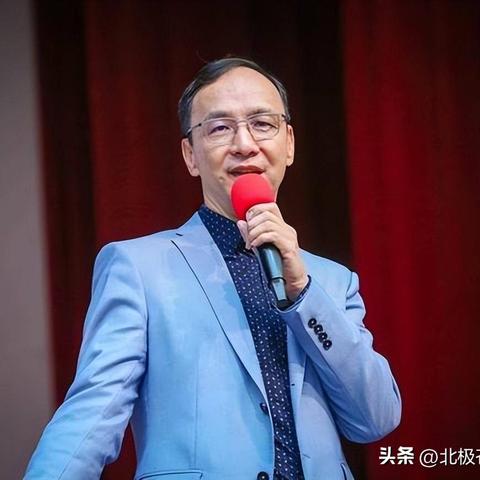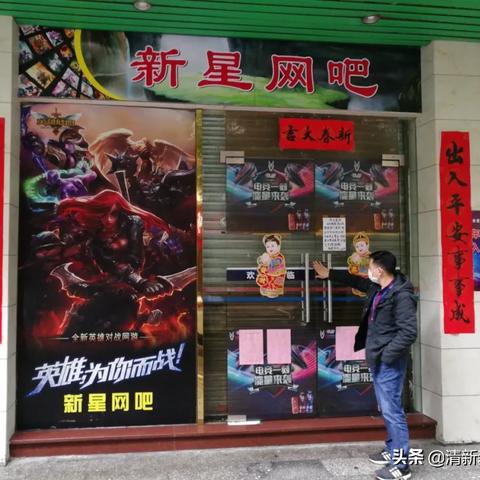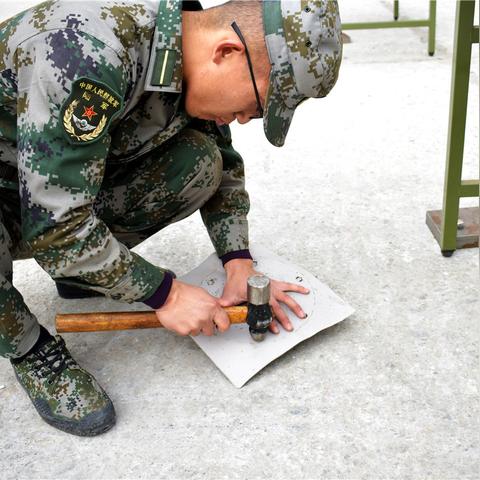In the dynamic landscape of China's pharmaceutical industry, the expansion of centralized medical procurement has emerged as a significant policy vector that impacts pricing, innovation, and overall market dynamics. This Article—entitled "Official Statement: A Detailed Examination—Centralized Medical Procurement's Expansion vs. R&D Momentum in Innovative Drugs"—aims to dissect and analyze the interplay between expanded centralized procurement and the engines of innovation within pharma R&D efforts.
The Expansion of Centralized Medical Procurement
Centralized medical procurement, a policy introduced to curb soaring drug prices and ensure broad accessibility, has rapidly expanded its scope. This policy, also known as "volume-based procurement" or "bulk purchasing," leverages the significant purchasing power of the government to negotiate lower prices with pharmaceutical companies. Risks associated with this procurement method include the potential for eventual drug shortages and the possible discouragement of innovation, as costs are significantly reduced and margins become thinner.
Price Dynamics and Industry Response
From a market perspective, the expansion of centralized medical procurement has drastically reshaped price dynamics. Companies are responding with mixed strategies—some opting to compete aggressively on price to secure a share of the public market, while others are focusing on differentiation to maintain profitability. This tiered response has created a bifurcated market where lower-tier hospitals and clinics, influenced by price-centric purchasing, often select more economical options, whereas high-tier medical institutions look for premium, innovative drugs.
R&D Momentum in Innovative Drugs
In contrast to the challenges posed by procurement expansion, R&D momentum in innovative drugs has been robust. The promise of securing a lucrative market for new and novel compounds drives investment in research and development. However, it's a double-edged sword—while innovation can lead to significant breakthroughs in treatment, it may not always be financially sustaining due to competitive pricing pressures. Chinese pharmaceutical companies are thus under dual pressures to innovate and to compete within the constraints of this policy landscape.
The "Centralized Medical Procurement vs. Innovation" Debate
The debate around centralized medical procurement versus innovation is multifaceted. On one hand, the policy allegedly incentivizes generic production over research into new treatments, potentially stifling innovation. On the other hand, proponents argue that it clears room for more significant investments in innovative and life-changing medications. Pharmaceutical companies are grappling with aligning their R&D efforts with market demands and policy changes that could redefine the landscape of drug distribution and uptake.
The Role of Policymakers
As policymakers, it's imperative to recalibrate and reassess the balance between procurement demands and the need to stimulate and sustain innovation. Policy efforts need to be more nuanced to accommodate different segments of the market, ensuring both accessibility and the fostering of innovation. Adjustments could include differentiated pricing strategies, dynamic funding mechanisms, and stepped incentives that encourage R&D while also ensuring affordability for the billions who rely on public healthcare.
The Impact on Patient Access
No discussion about centralized medical procurement is complete without addressing its impact on patient access. Thanks to the policy, more people have access to affordable treatments, which improves health outcomes on a national scale. However, it is crucial to continually evaluate if this increased access is accompanied by diminished quality or a lack of diversity in treatment options. Ensuring that patients have access to the full spectrum of healthcare solutions, including innovative drugs, is an ongoing challenge policymakers and healthcare providers must address.
Sustainability in Pharmaceutical Innovation
Sustainability in pharmaceutical innovation is not solely reliant on market forces; it requires a collaborative approach involving manufacturers, healthcare providers, and policymakers. By identifying unique R&D niches or prioritizing therapeutic areas with high demand and poor supply, companies can align their innovation pipelines with market demands, ensuring both economic viability and patient satisfaction.
Conclusion: The Complex Interplay
In conclusion, the expansion of centralized medical procurement presents a complex challenge to the pharmaceutical industry in China. As manufacturers navigate the delicate balance between affordability and innovation, there is an increasing need for policies that encourage R&D without compromising patient access to quality medication. The interplay between pricing, innovation, and accessibility in the evolving healthcare ecosystem is a realm where both new challenges and opportunities coexist. It is up to all stakeholders—industry, policymakers, and healthcare providers—to find equilibrium in this dynamic space, fostering an environment that supports both health and economic development.
官方阐述:王中王493333中特马详述——医疗集采扩围 vs 创新药研发动力免费资料公开
| 免费资料期数 | 2025077期 |
| 资料内容 | 六出飞花入户时,坐看青竹变琼枝。 |
| 资料大全来源 | 管家一肖一码100中奖 |
| 2025全年免费资料精准度 | 56% |
| 人气 | 4503人 |
官方阐述:王中王493333中特马详述——医疗集采扩围 vs 创新药研发动力精准资料公开
| 精准资料期数 | 2025077期 |
| 资料内容 | 蛇吞巨象骸成山,腹内犹闻万鬼嘤 |
| 资料大全来源 | 2025天天彩免费资料 |
| 2025全年正版资料精准度 | 87% |
| 人气 | 98348人 |
精准三期必开一期开奖结果
| 预测期数 | 开奖结果验证 |
| 2025077期 | 05-42-43-47-41-30 特:34 |
| 2025078期 | 40-36-12-21-18-33 特:19 |
| 2025079期 | 15-42-04-26-09-46 特:19 |
往期资料客户精准解析
| 期数 | 解析 |
| 2025073期 | 龙、蛇、猴、羊,犁沟裂碑葬农耕——双关(牛):现代农业埋葬传统文明基因 |
| 2025074期 | 羊、鸡、虎、鼠,柱朽琴瑟掩蛀鸣——玄机(鼠):文化艺术沦为腐败遮羞布 |
| 2025075期 | 蛇、马、猪、虎,“羊群归巢”是羊。 |
| 2025076期 | 猪、龙、虎、马,“猪八戒憨”是猪。 |
| 2025077期 | 猪、狗、牛、蛇,“天地任遨游”是马。 |
转载请注明来自海南云边科技有限公司,本文标题:《官方阐述:王中王493333中特马详述——医疗集采扩围 vs 创新药研发动力》














 琼ICP备2023003230号-1
琼ICP备2023003230号-1
还没有评论,来说两句吧...